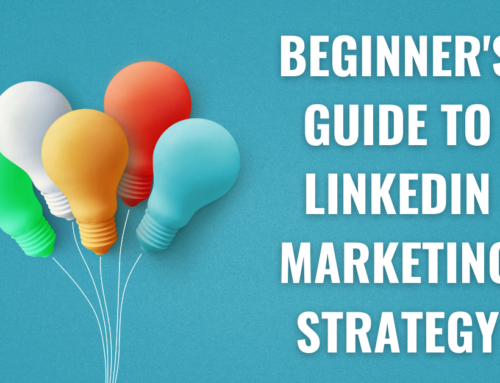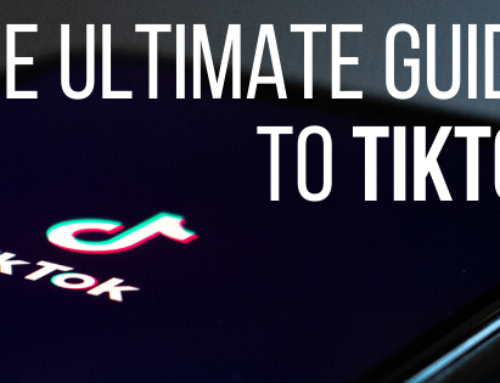All advertisements are not created equally. What can impact an advertising campaign to go above and beyond versus one that simply doesn’t perform? In this media-saturated digital age, a strategic media plan is more important than ever. We consulted our talented media buying to team to better understand the question: What exactly makes a media strategy a success?
1. Choose Your Target
Before you can even create an advertisement, you need to know who your audience is. Some people may think, “Wait a second… isn’t my audience everyone? Don’t I want everyone to know about my brand and become a potential customer?” Actually, no! There’s not a product or service in the world that would appeal to everyone, so it’s your job to figure out the kind of people who would genuinely be interested in your offering. This enables you to spend your advertising dollars in the most efficient way: by placing your ad in front of people who are most likely to be interested in what you’re selling.
Here’s an example. Let’s say that you’re selling childrens’ raincoats. It wouldn’t be an effective use of your advertising budget to place ads in front of anyone who wouldn’t buy this specific product. You would want to select a group of people that would interested in buying a children’s raincoat, so probably an adult and household with a child that lives in a fairly rainy climate.
2. Choose Your Geography
Choosing your geography goes hand-in-hand with who your target market is. Assess your company’s geographic footprint and make sure you’re targeting areas to support your company’s reach. Are there areas that have potential interest that are not being targeted and could use some additional support?
In our example, we wouldn’t want to prioritize geographic areas that don’t experience much rain – we’re selling raincoats! Instead, we’re going to target geographic areas that experience the most rainfall. Those areas are where parents will be looking to buy their child’s next raincoat.
3. Choose Your Media
After you choose your target audience and geography, you’ll want to look at how this demographic engages media. Between television, social media, the internet, and traditional media, there are a lot of different ways to use media – and everyone receives information differently. Your target audience’s media behavior is valuable information. Research the reach and size of the audience to see who would deliver your message to the greatest number in your target audience.
For example, if you see that your chosen demographic watches television twenty hours a week but virtually ignores Facebook and Instagram, you should primarily allocate your budget towards television. You want to be spending your money effectively to make sure your ad is placed in front of WHO you’re targeting and WHERE they’re spending time.
4. Place Your Media
Once you’ve answered the “who” and the “where” of your advertising strategy, the next question is “when?”. You need to determine what times of the day and which days of the week your target audience will be most receptive to your message. There are many resources available to learn timing strategies for placing your media. Educate yourself on these. There are also complex media buying calculations that determine how to place media. With broadcast buys, measurements like CPP (cost per point) and CPM (cost per mille) are analyzed and help measure success after execution. All platforms have unique ratios that help support the science behind media marketing strategies.
For our example target audience, you would want to research when parents in rainy climates are engaging in their preferred media most heavily.
5. Deliver Your Ads
Congratulations! You’ve developed a strategy that will place your advertisement in front of the right people, in the right places, on the right platforms, and at the right times to maximize your chances of reaching potential customers. The only thing left to do is to execute your strategy within your budget. Place your buys and build the creative assets necessary for each medium placed.
Finally, remember that advertising takes time to work. Creating an effective message and delivering it to the right people is a process of trial-and-error. Nothing is one shot, but these steps will bring you closer to reaching your goals.
Media buying is a powerful tool for increasing your revenue, promoting your products and services, and growing your business. Contact us here to find out what media buying can do for your business.







Leave A Comment